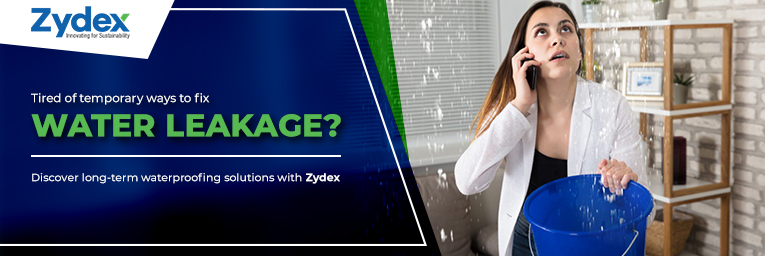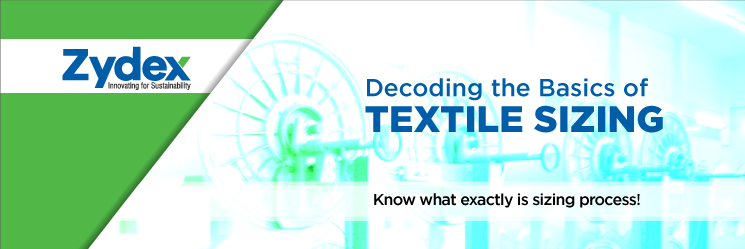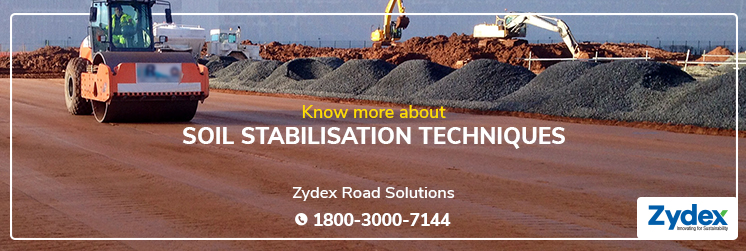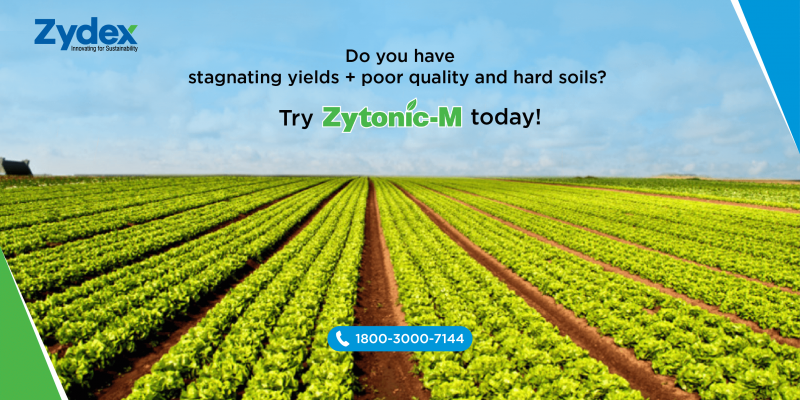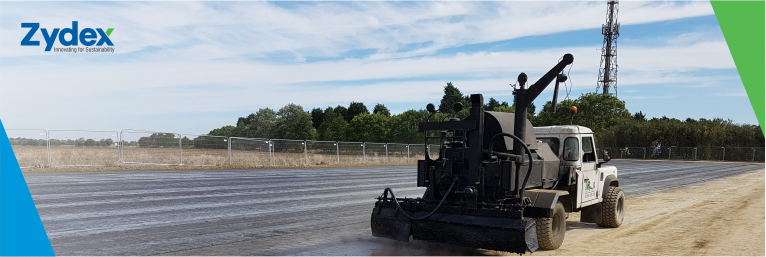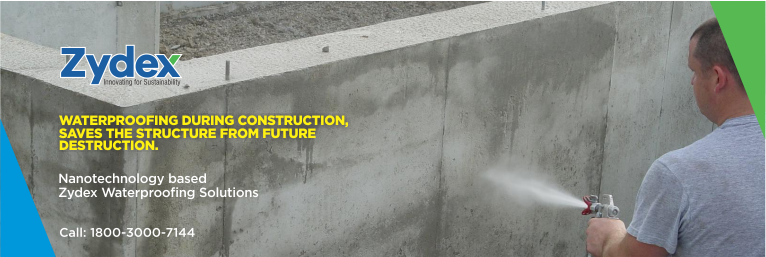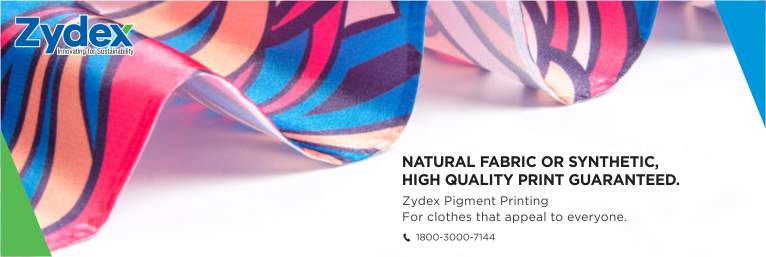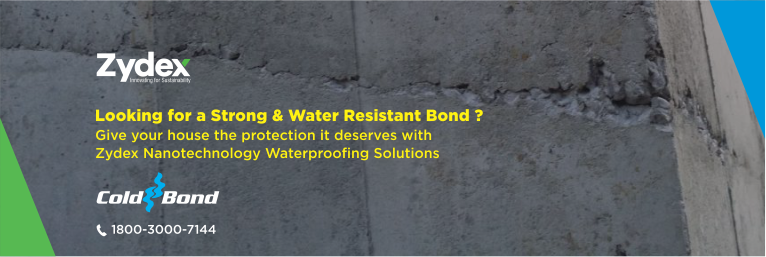We have long-term & economical waterproofing solutions
For a construction to sustain a longer life, every small things which damage the structure should be taken care of. One of the most critical and most neglected of these is waterproofing of the structure.
The lack of knowledge regarding this leads to leakages and seepages in the structure due to unintentional cracks created on the structure surface causing entry of unwanted water in the structure and damaging its construction. If not taken the initial signs seriously, these cracks and water seepage can lead to major cracks and structural damages in future and can even lead to structure failure.
Water damage also leads to decay and deterioration of the structure. To stop this entry of unwanted water in the structure is done with the process of waterproofing. In this process the water loving nature of the surface is transformed to water repelling nature and will result in no unwanted water entry.
Most waterproofing chemical solutions provided in the market are like a structural film on the surface and do not form a chemical bond with structure. With time the surface is exposed to different temperatures, climatic conditions and wearing which leads to peeling of the film or even cracking of the film leading to new crack formation on the surface and exposing the surface unwanted water entering situation. These waterproofing chemicals do not provide complete waterproofing rather only provide temporary solution via film formation done using physical adhesion.
To solve this problem and provide a long term solution for waterproofing helping to maintain the health and looks of the structure, Zydex industries provide a penetrative nanotechnology solution which forms a chemical bond with the surface. This solution penetrates the existing cracks and treats them to make them water repelling in nature. The solution is 100% silane and reacts with the structure surface and forms a chemical bond which does not get effected by temperature, climate change and wear. This solution also prevents involuntary cracking of the surface and make the whole surface hydrophobic i.e. water repelling in nature.
This also solves the other problems like leakages, seepages, paint peel-off, falling of tiles and stones from the surface, efflorescence and further structural damage. It also provide UV, Heat and Abrasion stability and safe to apply indoors. The application is very simple and do not require trained labour. The solution can be sprayed, brushed or flooded after mixing with water and has a large coverage area. The waterproofing chemical solution provided by Zydex is not only for the exterior surface but also for interior surface and also replace the fragile membrane technology with a waterproofing membrane technology. The product can be used on Terrace, Slabs, Basements, Sunkens, Retaining walls, Balconies, Water tanks, Utilities etc. The waterproofing chemical bonding solution provided is a nanotechnology solution:
• With excellent penetrative results,
• Is economical in use,
• With large coverage area both vertically and horizontally
• Is eco-friendly in nature and provides sustainable solution.


